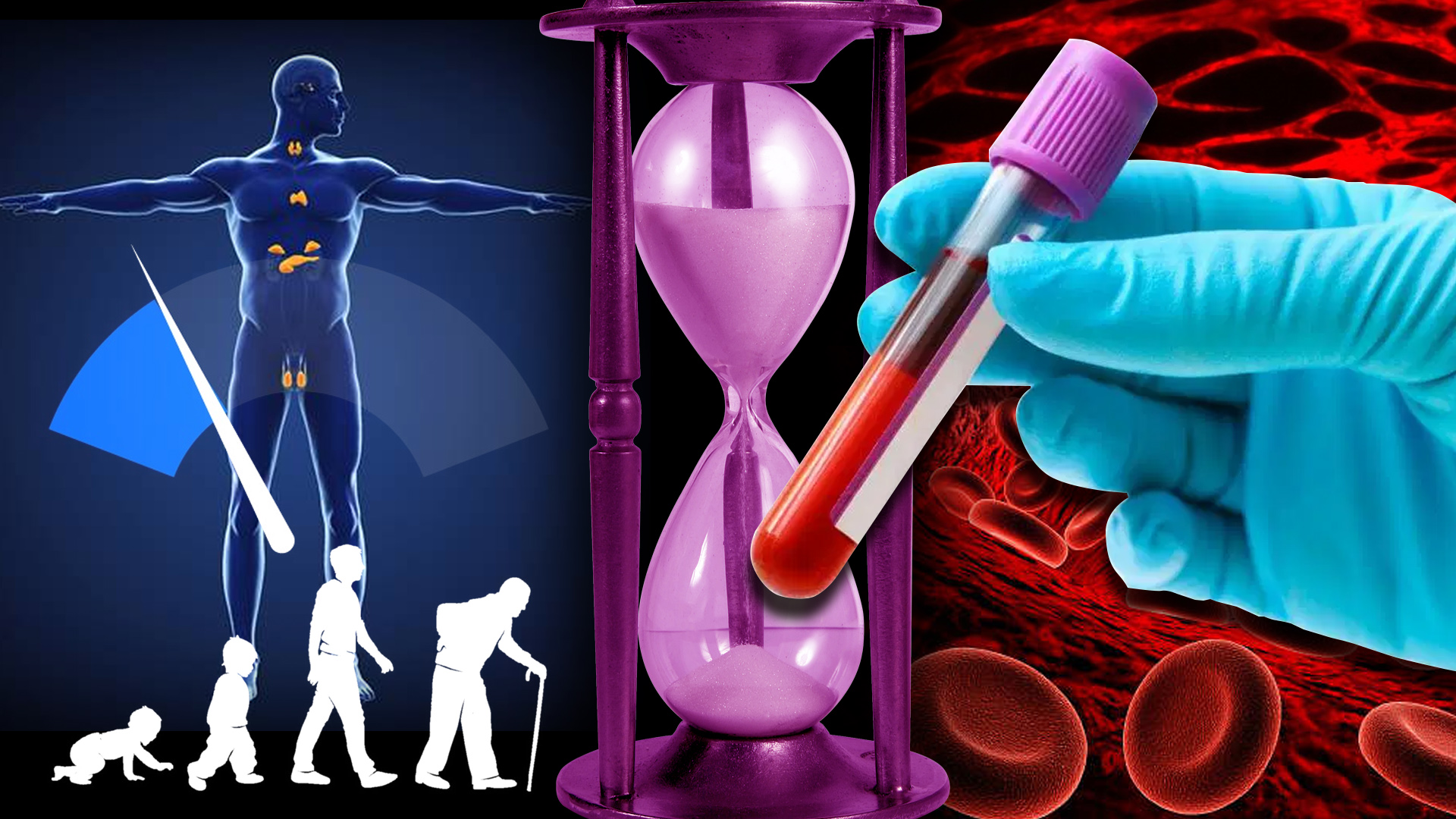
Many health authorities state that natural Testosterone levels decrease by 1% per year.
This figure is incorrect, and is not based on bioavailable Testosterone.
Once men enter their 30’s and start to get closer to being middle-aged, their endogenous Testosterone production starts to steadily decline.
This is well understood, but how accurate is the 1% per year figure commonly thrown around?
In general, not very accurate when all things are considered.
On the surface, total testosterone levels decline by 0.8 to 1.6 percent on average in men over the age of 40 [R].
But, that’s not the value that actually matters.
Most will look at total testosterone levels as a way to measure adequate hormone levels.
The fact is, you could have a 900 ng/dL total testosterone level and still experience low testosterone symptoms if you don’t have an optimal SHBG and free testosterone level.
At the end of the day, free testosterone levels will show you exactly how much testosterone is actually available to be used in tissues.
If you have high testosterone production, but more of it is being bound up by SHBG and albumin than should be, it won’t matter what your total testosterone level is on paper.
If you have a sky high total testosterone level, but a very low free testosterone level, you will not have enough usable testosterone available to tissues to support optimal function.
With that in mind, we have to also consider the fact that sex hormone-binding globulin (SHBG) levels increase by 1.6% per year [R].
Not only do natural testosterone levels decrease, but we also have a concurrent increase in the main protein in the body responsible for binding up usable testosterone and preventing it from transcribing its effects in tissues.
As you would expect taking both factors into consideration, free testosterone levels in the body decline even more substantially.
With total testosterone levels decreasing, there is less testosterone in the body, and with an increase in SHBG, even more of that further declining testosterone gets rendered unusable.
Because of this, bioavailable testosterone levels decrease by 2 to 3 percent per year on average.
2 to 3 percent of your usable testosterone per year is substantial, and expectedly will often eventually lead to significant detriment to quality of life.
Now, how is this random statistic useful to real world application?
Well, armed with this knowledge you can more accurately interpret blood work, and I will detail exactly what tests you need to get done to actually assess your hormone profile.
Most doctors are quick to send you packing if your total testosterone levels are in range, even if you still have chronic low testosterone symptoms.
First of all, most doctors have no idea what the difference between total and free testosterone levels are, and secondly, most of the doctors who know what the difference is still have no idea how to order accurate high sensitivity hormone testing.
On paper you could have a total testosterone level of 800 ng/dL but still experience horrendous low testosterone symptoms if free testosterone, estradiol and SHBG aren’t being tested properly.
Most of the time, a doctor will write you a requisition to get your hormones assessed via a primitive methodology known as electrochemiluminescence immunoassay (ECLIA).
This is an outdated assay that is not accurate, especially if you use exogenous hormones.
It is not uncommon to have a critical hormone incorrectly show as “healthy” in the middle of the reference range when high sensitivity testing would reveal that you are actually severely deficient.
I have verified this now several times myself with both Estrogen testing and Testosterone testing.
At minimum, these are the exact tests you should be getting to assess your hormone profile:
- Total Testosterone determined using liquid chromatography/tandem mass spectrometry (LC/MS-MS)
- Free Testosterone determined using Equilibrium Dialysis or Equilibrium Ultrafiltration
- Estradiol determined using liquid chromatography/tandem mass spectrometry (LC/MS-MS)
- Sex Hormone binding Globulin, Serum (SHBG)
DHT, DHEA and Pregnenolone would be useful to have too, but the tests above are the main ones that will ultimately determine if you are functioning at a high level or not.
To simplify things, this is the comprehensive blood test I recommend that you get to assess your health as a whole: Male Athletic Anti-Aging Panel
It is the best overall panel offered for men in all regards for health status evaluation, but the garbage Testosterone testing using direct analog enzyme immunoassay (EIA) and ECLIA is what is included in the panel.
You will need to add Testosterone, Free, Equilibrium Ultrafiltration With Total Testosterone, LC/MS-MS separately to your cart as the comprehensive panel I recommend only comes with sensitive assay Estradiol testing.
